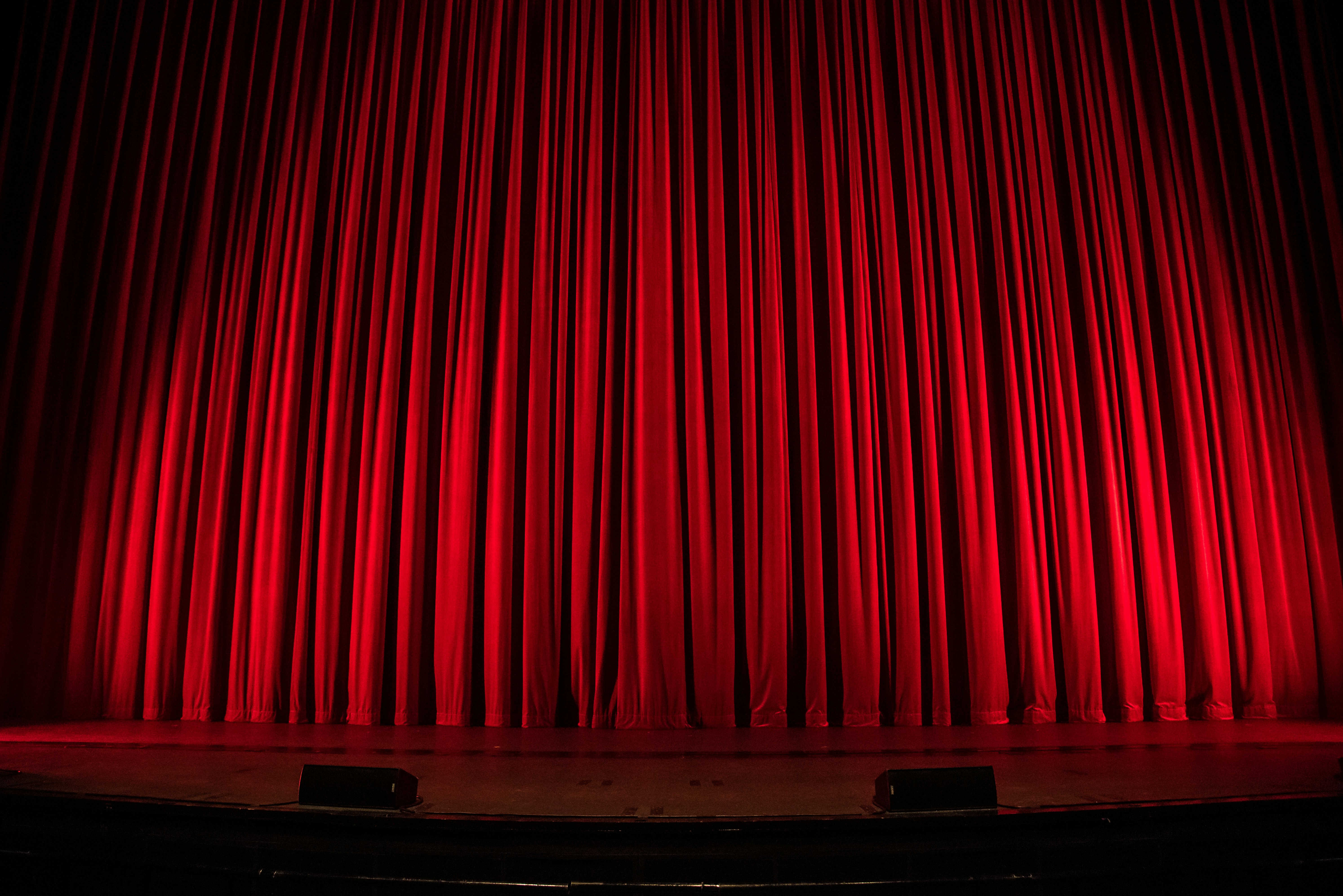Atmospherics
Definition:
In the context of theatre and events, "atmospherics" refers to the effects used to create a specific mood or environment. These can include elements such as fog, haze, lighting, sound effects, and even scents.
Detailed Explanation:
Atmospherics play a crucial role in enhancing the sensory experience of a performance or event. By manipulating the environment through various effects, creators can evoke specific emotions, set the tone, and immerse the audience in the narrative or theme. The use of atmospherics can transform a simple stage into a mystical forest, a bustling city, or a hauntingly eerie landscape, depending on the needs of the production.
Types of Atmospheric Effects:
Fog and Haze:
These effects are often used to create a sense of mystery or suspense. Fog can obscure vision, adding an element of surprise, while haze can diffuse light, creating a dreamy or otherworldly ambiance.
Lighting:
Lighting design is a powerful tool in atmospherics. Different colors, intensities, and patterns can evoke various moods, from the warmth of a sunset to the starkness of a prison cell.
Sound Effects:
Ambient sounds, such as chirping birds, distant thunder, or bustling crowds, can set the scene and enhance the realism of the setting.
Scents:
Although less common, scents can be used to deepen immersion. For example, the smell of pine can evoke a forest, while the scent of seawater can transport the audience to a beach.
Projections and Visuals:
Projected images or videos can be used to create dynamic backdrops or add visual interest, helping to establish the setting and mood.
Advantages of Atmospherics:
Enhanced Immersion:
By engaging multiple senses, atmospherics can make the audience feel like they are part of the story, enhancing their emotional connection to the performance.
Mood Setting:
Atmospherics can quickly and effectively set the tone for a scene, guiding the audience's emotional response.
Creative Expression:
These effects provide a canvas for creative expression, allowing directors and designers to experiment with different ways to tell a story.
Challenges of Atmospherics:
Technical Complexity:
Implementing atmospheric effects can be technically demanding, requiring specialized equipment and expertise.
Cost:
The use of advanced atmospherics can be expensive, impacting the production budget.
Safety Concerns:
Effects like fog and haze need to be used carefully to ensure the safety of both the performers and the audience.
Uses in Performance:
Theatre Productions:
Atmospherics are widely used in theatre to create believable and compelling worlds, whether for a play, musical, or experimental performance.
Live Events:
Concerts, festivals, and other live events often use atmospherics to enhance the overall experience and create a memorable atmosphere.
Theme Parks:
Theme parks use atmospherics extensively to create immersive environments for attractions and rides.
Design Considerations:
When incorporating atmospherics, several factors must be considered to ensure effectiveness and safety:
Integration with Performance:
The effects should complement the performance, not overshadow it. They should be seamlessly integrated into the production design.
Audience Comfort:
Effects like scents and fog should be used in moderation to avoid overwhelming or causing discomfort to the audience.
Maintenance and Operation:
Regular maintenance of equipment and careful operation are crucial to prevent technical issues and ensure safety.
Conclusion:
Atmospherics are a powerful tool in creating immersive and memorable experiences in theatre and live events. By carefully designing and implementing effects like fog, lighting, sound, and scents, creators can transport their audience to different worlds, evoke specific emotions, and enhance the overall impact of their performance. The strategic use of atmospherics not only adds depth to the storytelling but also elevates the audience's sensory experience, making each moment unforgettable.


